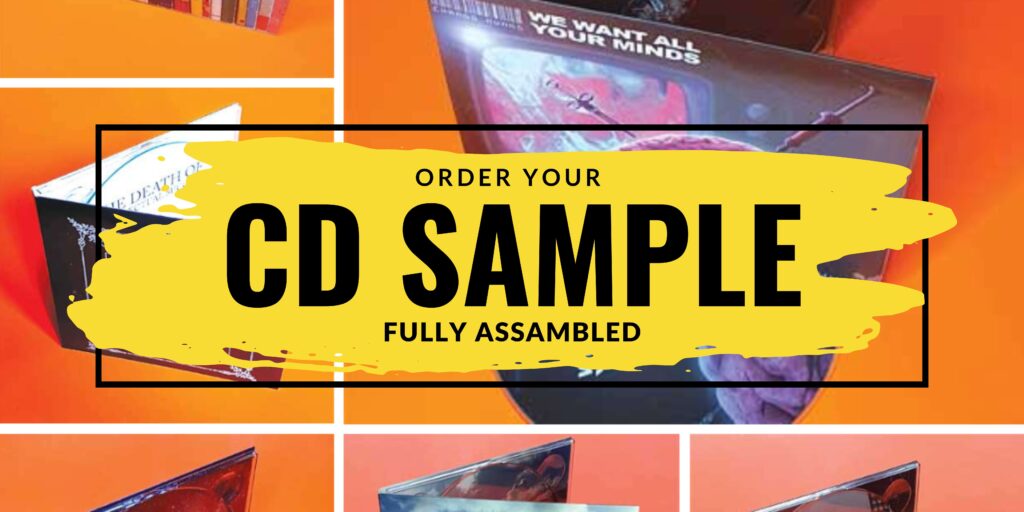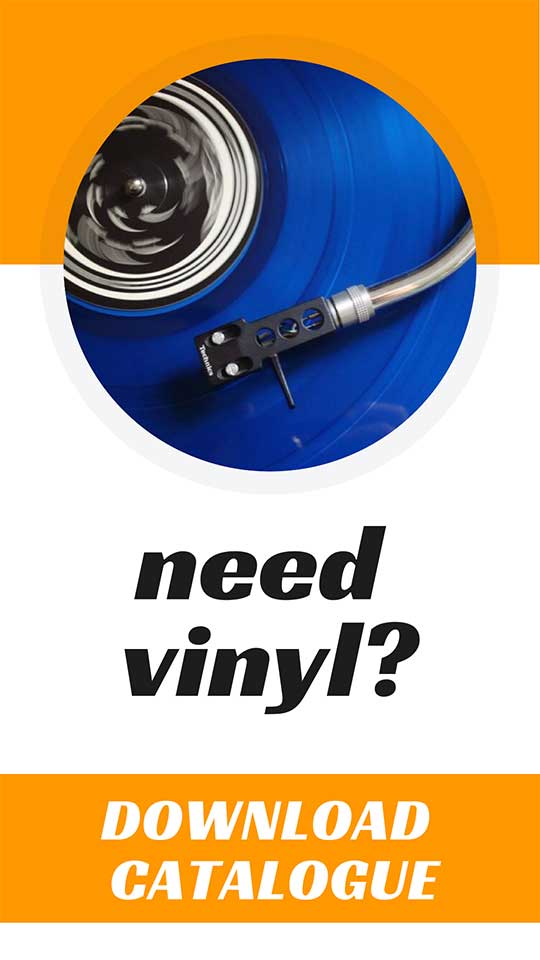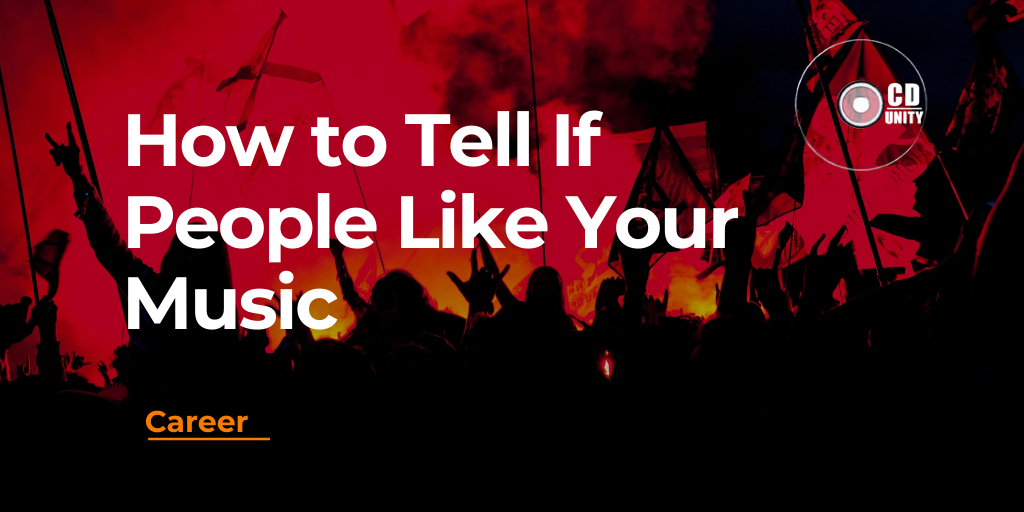
How to Tell If People Like Your Music
Are you wondering if people truly enjoy your music or are just being polite? I know how tricky it can feel, questioning if listeners genuinely like my tracks. After some careful research, I realised streaming numbers alone don’t always tell the full story.
So here I’ll show you simple ways to recognise when your audience really appreciates your songs, along with useful tips for getting honest feedback. Keep reading to uncover exactly how well your music connects with listeners!
Key Takeaways
- Honest listener feedback and detailed comments clearly show whether people truly like your music or are merely being polite.
- Audience body language, such as tapping feet or smiling authentically during playback, provides strong clues to genuine appreciation over forced kindness.
- Online interactions including track playlist additions, increased streaming numbers after releases or gigs, and followers sharing tracks on social media indicate true interest in your songs.
- Using anonymous surveys and unbiased platforms (like SubmitHub and SoundOut) offers reliable insights into listener opinions without the interference of personal politeness.
- Streaming platform analytics from Spotify for Artists and Apple Music can reveal clear trends about listener behaviour, favourite genres, audience age groups, location data and repeated plays—highlighting exactly which songs listeners genuinely enjoy.
Understanding Listener Feedback

The importance of honest feedback
Honest feedback is vital to really know if people like your music. Earlier in my career as a musician, I’d mistake polite praise for genuine appreciation; that’s an easy trap we can fall into.
What listeners truly think about my tracks—the genre, vibe or composition—is clearer with sincere comments rather than nice words alone. Constructive input helped me sharpen my craft and match the music preferences of those who enjoy listening most.
Being open to truthful opinions boosted both my skill and self-esteem over time. Criticism might sting at first—but it’s often more helpful than simple compliments such as ‘nice song’ or ‘great vibe’.
Honest listener reactions showed clearly whether someone would listen again, add the track to their Spotify playlist, or share it on Instagram—that’s real liking versus just being kind.
Differentiating between genuine and polite responses
I’ve shared songs with friends and family, then wondered if their reactions were genuine or just polite. Often, people want to be kind—they’ll say something like “It’s nice,” or give a simple thumbs-up—but those responses don’t truly show if they really like my music.
Real enjoyment usually involves detailed comments; someone might praise the rhythm, vibes, or favourite genre parts in detail rather than giving vague remarks.
Body language is another clue I always check—genuine smiles and rhythmic nods tell me far more about people’s true musical taste than mere words alone. Polite listeners tend to hold back physically—they’ll offer brief smiles with less emotion—while real fans move naturally along with each beat.
Paying close attention helped me quickly notice these subtle differences between honest appreciation and forced politeness when trying out new tracks on others from time to time.
Observing Audience Reactions
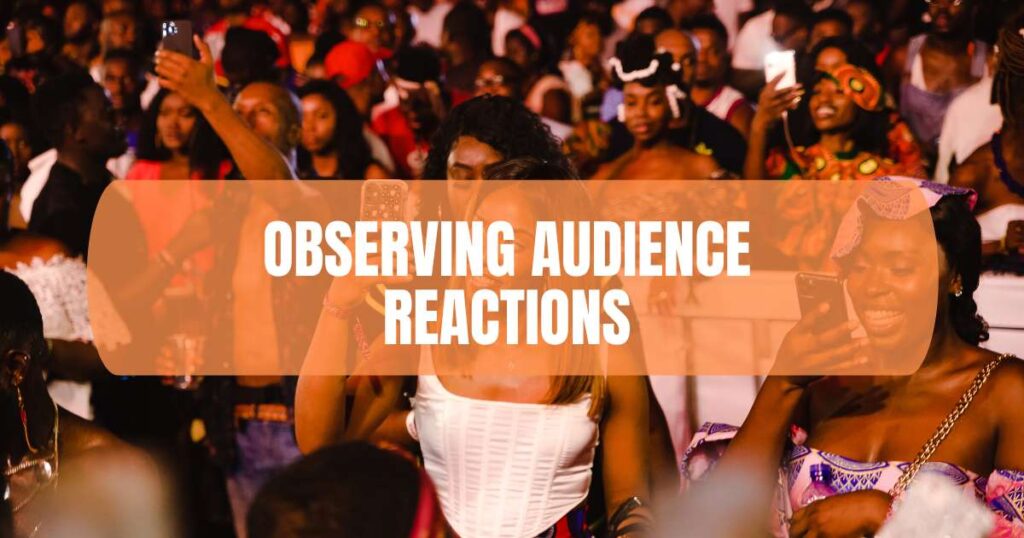
Body language and facial expressions
Body language and facial expressions reveal a lot about how people really feel about my music. If listeners lean in, tap their feet, nod along or smile—these are clear signs they enjoy the track or genre I’m playing.
On the other hand, folded arms, checking phones often or blank stares might mean someone’s taste in music doesn’t match mine.
People’s eyes can show genuine emotions during playback; bright eyes with raised eyebrows usually signal interest and approval. A relaxed face also speaks positively of their reaction to indie tracks, classical music pieces or electronic beats I’m showcasing—as opposed to tense jaws indicating discomfort with heavier genres like death metal or intense R&B tunes.
Engagement during performances or playback
During my gigs, I pay close attention to how people engage with my tracks. If they’re swaying, nodding to the beat or singing along—it’s a solid sign they really listen and connect with the music genre I’m playing.
Seeing someone instantly log songs into playlists on their phone gives an extra clue—they like what they hear.
Quiet chats, bored glances or constant phone-checking might hint someone’s favourite genre doesn’t match what’s being played. Noticing these subtle audience reactions helps me tell if people truly enjoy my sound—and reveals valuable feedback about music taste preferences for future performances.
Online Indicators of Music Appreciation
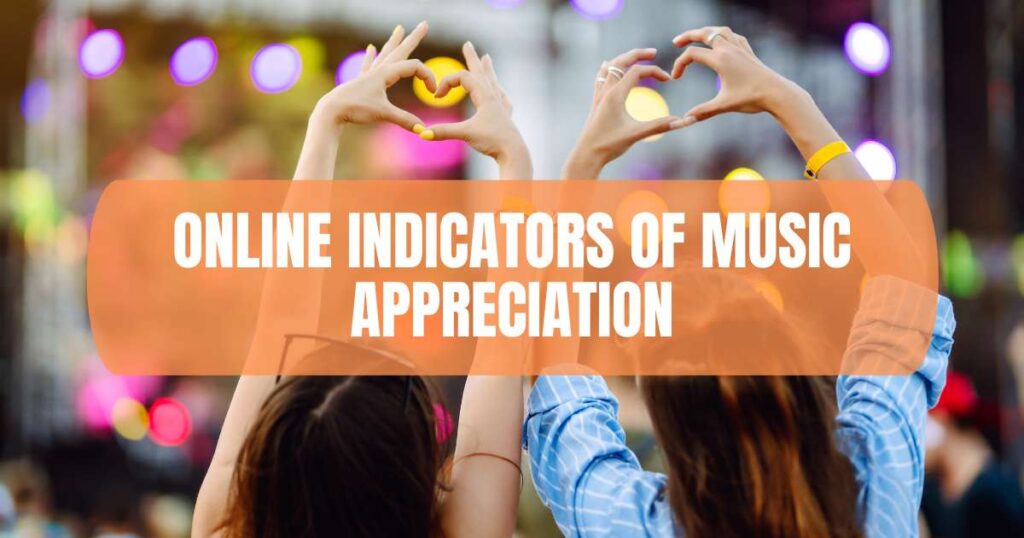
Social media comments and shares
Social media comments and shares provide clear signs of how people feel about my music. A high number of shares tells me listeners like it enough to spread the word, which can attract a new follower or two as well.
Comments offer deeper insight: they’re where users often give their honest reactions (good or bad), show excitement, or describe favourite parts they connect with.
“Your followers’ shared posts are like gold—this shows your track resonates deeply enough for them to let others know.”
Playlist additions and streaming statistics
I’ve found playlist additions say a great deal about how much people like my songs. If listeners add my tracks to their collections, especially personal mixes or favourite genre playlists, that’s a strong sign they’re into it.
Another clear clue lies in streaming numbers; climbing plays mean repeated listens and genuine interest. Spikes in streams after gigs or releases show that people listen actively, not just passively hearing the music once.
Keeping an eye on these stats helps me pinpoint which tunes truly resonate with people’s musical preferences and personality traits.
When People Don’t Like Your Music
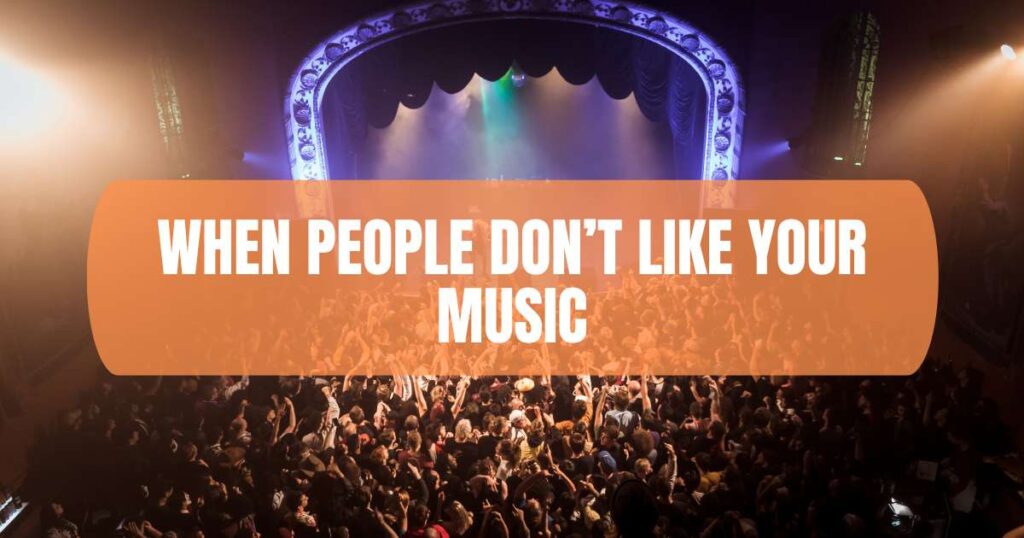
Constructive criticism vs. negativity
As someone who makes music, dealing with listener feedback can be tough. I’ve learned that there’s a clear line between helpful criticism and plain negativity. For instance, constructive comments may highlight aspects like mixing issues or suggest changes in my song’s arrangement; they aim to help me grow as an artist rather than tear me down.
On the other hand, negative remarks are vague—often based on someone’s personal dislike of my favourite genre—and offer no real insight for improvement.
I’ve noticed people’s music taste says something about their personality types; some listeners just aren’t part of your target audience, and that’s okay. A fellow producer once shared wise words:.
Negative opinions reflect individual taste—not necessarily your talent.
Keeping this mindset helped me value thoughtful feedback while brushing off pointless negativity from those who simply don’t want what I create.
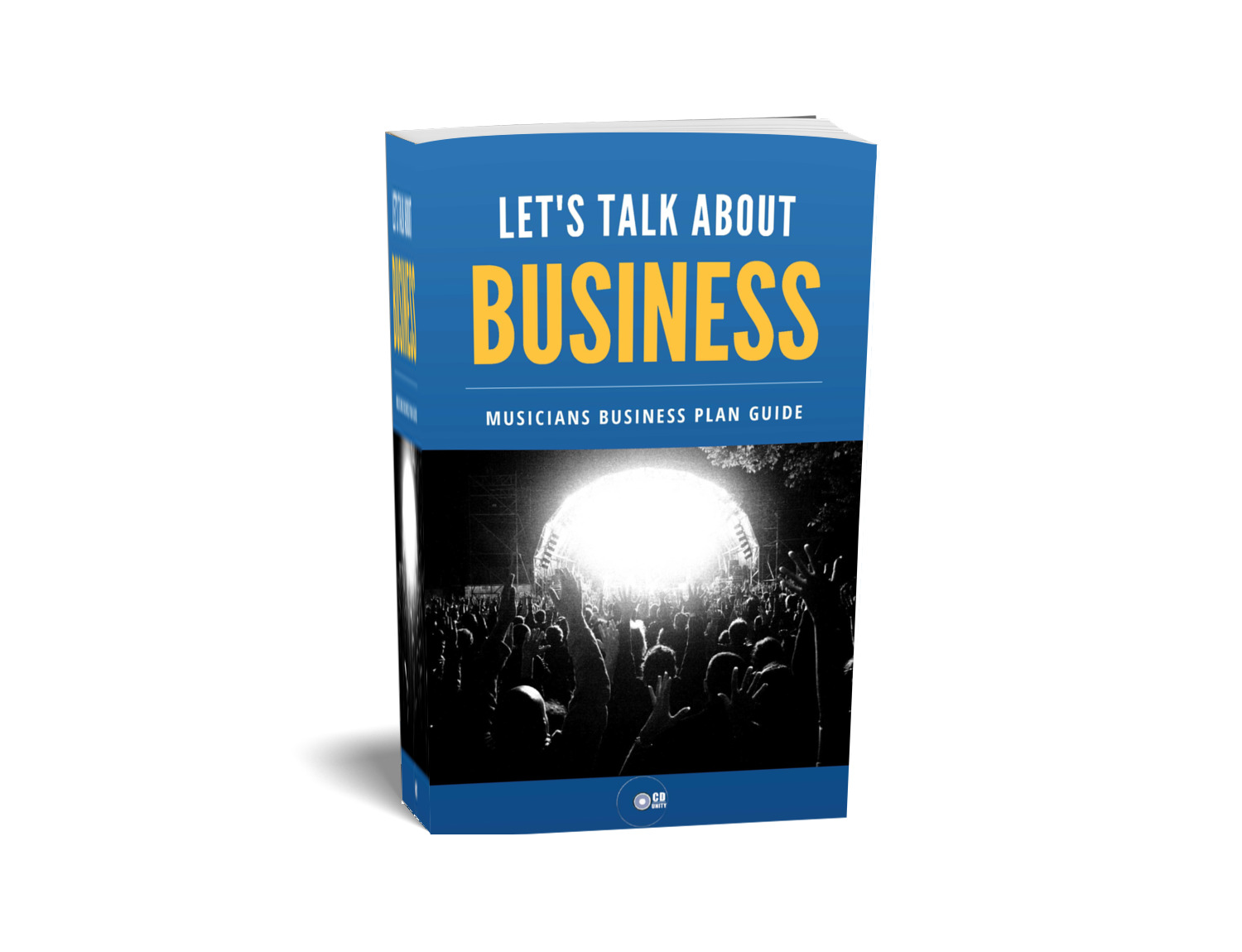
How to handle negative feedback
Negative feedback can sting, but it comes with making music. I take a deep breath first, then separate rude comments from constructive criticism—someone’s opinion isn’t always helpful.
If people’s critiques feel genuine, I listen carefully and make notes in my inbox or journal; their insight could point out something new about my songs or style.
I try to stay calm rather than getting defensive—after all, favourite music is subjective and linked to personality-based tastes. People’s likes differ widely across the globe; one harsh review doesn’t count for everyone’s reaction to your sound.
Rather than letting negativity pull me down, I use each comment as fuel—to improve further and connect better with listeners who share my musical habit.
The Connection Between Music and Personality
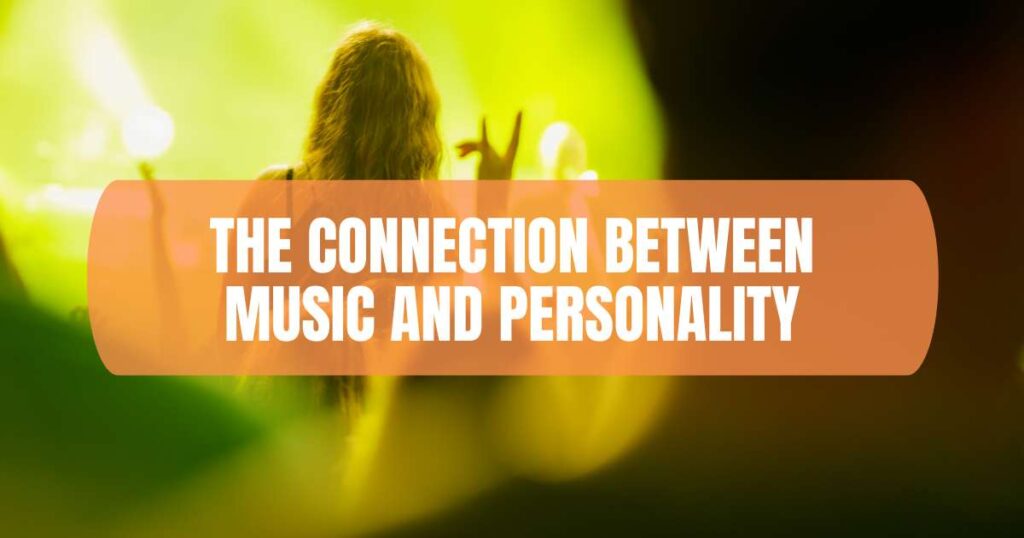
How musical preferences align with personality traits
Musical tastes can say a lot about someone’s personality. For instance, listeners who favour pop and dance hits often have outgoing and sociable traits—ideal for any DJ aiming to engage a lively crowd.
People who prefer more reflective genres like classical or jazz likely show openness to new ideas, creativity, and emotional depth.
If you’re curious about people’s characters based on their musical preferences, tune into what draws them into liked songs or favourite genres. Fans of rock music might display a turbulent streak with intense emotions; meanwhile fans of premium indie tracks tend to value privacy, subtlety and thoughtful descriptions in lyrics.
Knowing this helps me as an artist identify the right audience—and craft tunes they’ll genuinely connect with.
Recognising your target audience
I’ve noticed that people’s favourite music often matches their personalities. For example, someone who’s outgoing might lean toward energetic pop or dance tracks, while a reflective person could prefer calm acoustic tunes.
If you want to know who will love your sound, look carefully at the themes and emotions in your songs. Maybe you’re crafting intense rock anthems full of rebellion—young adults craving excitement might connect deeply with this vibe.
Or perhaps your style is gentle jazz pieces ideal for relaxed evenings—it isn’t tough to see why mature listeners would appreciate it most. Spotting these patterns helps me clearly understand my ideal listener and gives direction to how I share new releases online or during live sets.
Tips for Gaining Honest Feedback
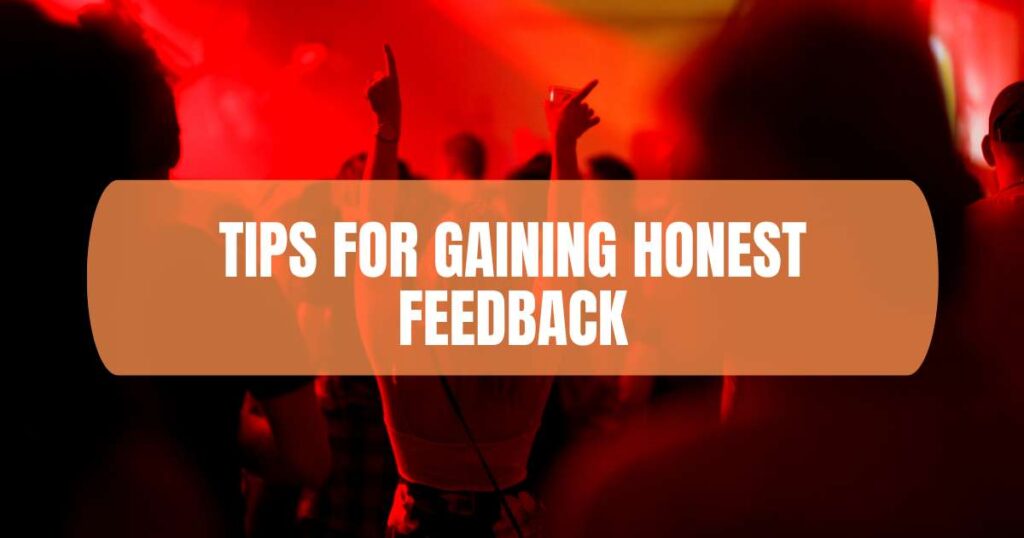
Sharing your music with unbiased listeners
Sharing my tracks with unbiased listeners helps me grasp how people would honestly react. Friends or family might say they like it—even if the music isn’t really their favourite genre—just to boost my confidence.
But an impartial listener, someone who hasn’t heard me play before, will let me know what’s working and what’s not. For clear feedback, I wanna put my songs on platforms where people don’t personally know me; websites like SubmitHub or online forums have users keen to listen to music from fresh artists.
Anonymous surveys also do wonders—I can post a track link online and ask simple questions about people’s first impressions. Instead of guessing about someone’s tastes or personality based opinions, data from these surveys shows what appeals broadly—and highlights areas I need to improve in future work.
Using anonymous surveys or platforms
Anonymous surveys and platforms help musicians get honest feedback, free from people’s natural urge to be polite. I’ve used apps like SurveyMonkey or Google Forms, where listeners rate tracks without feeling pressure—they can let me know exactly how they feel about my music.
This way, I’m sure the responses I get aren’t just nice words but genuine opinions.
Platforms such as SoundOut give songs anonymous reviews by real people—showing clearly if a song is someone’s favourite music or isn’t working well. I’ve found this helps to spot patterns in people’s preferences and guides improvements better than direct conversations alone—letting me truly see if listeners enjoy what they’re hearing.
Leveraging Data to Understand Preferences
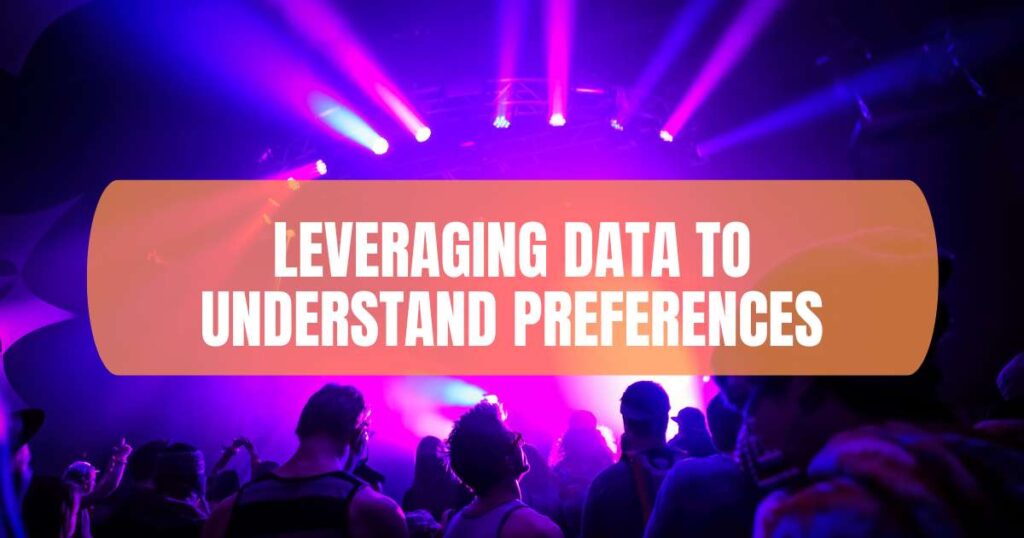
Analysing listener demographics and behaviour
Analysing listener demographics helps me figure out exactly who’s enjoying my music. Streaming platforms like Spotify and Apple Music show useful data such as listeners’ ages, locations, favourite genres, and even what time they’re most active.
This tells me clearly if I’m reaching the right people or if someone else’s audience is tuning in instead.
Checking how people behave gives even more clues—are they skipping tracks halfway through or adding songs to playlists regularly? If a track isn’t holding people’s attention past 30 seconds, maybe it needs some work; but seeing repeat plays or playlist shares means I’m hitting the mark with people’s taste.
These online insights give solid facts on music performance without guessing if someone’s feedback was honest or polite.
Using streaming platform analytics
I often use streaming platform analytics to understand if people enjoy my music. Spotify for Artists and Apple Music for Artists provide useful data—such as streams, playlist adds, skips, listener age, cities, countries and people’s favourite genre insights.
For example, seeing a track added repeatedly to playlists signals that listeners are connecting with it. On the flip side, a high skip rate may indicate something isn’t resonating.
These numbers help me grasp how someone else’s reaction might differ from mine. If you haven’t paid much attention to your song data before—try checking weekly trends or monthly summaries provided by these platforms.
Let us know in the comments if you’ve ever wondered what more you can find out through analytics!
All in All
Knowing if people truly enjoy my music takes more than polite nods—I need honest feedback and real reactions. Paying attention to audience signals, online responses and streaming data helps me grasp what listeners actually think.
Even negative comments can offer valuable lessons, guiding me to understand tastes better and grow as a musician. Finally, staying open to genuine opinions keeps the connection with fans real—and makes creating music even more rewarding.
Cheers, Josh
The Big Lists Of Music Promo Contacts
Includes PR companies, UK promoters & UK booking agents. Everything you need to put your band on the map.
Access Lists
Hello, I’m Josh, and I’ve been honing my graphic design skills for almost 15 years now, catering to the needs of bands and businesses alike. What really fascinates me is the business aspect of the music industry. In addition to my design work, I also happen to play the Hammond organ, and I strive to share my knowledge through helpful articles that I write exclusively for you all!

